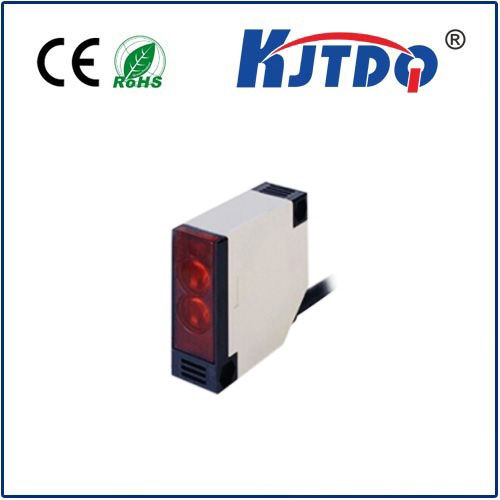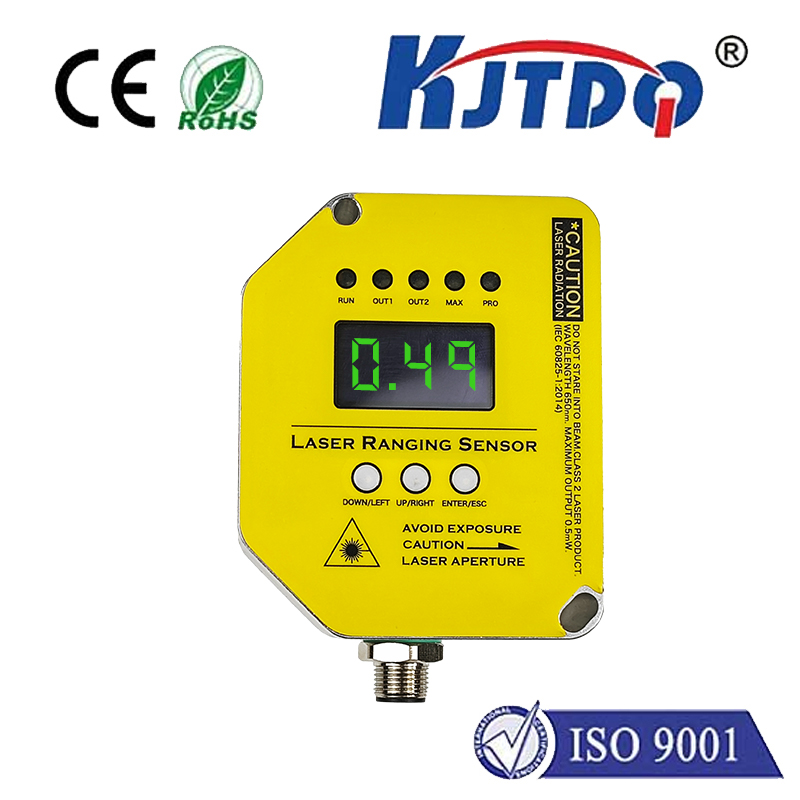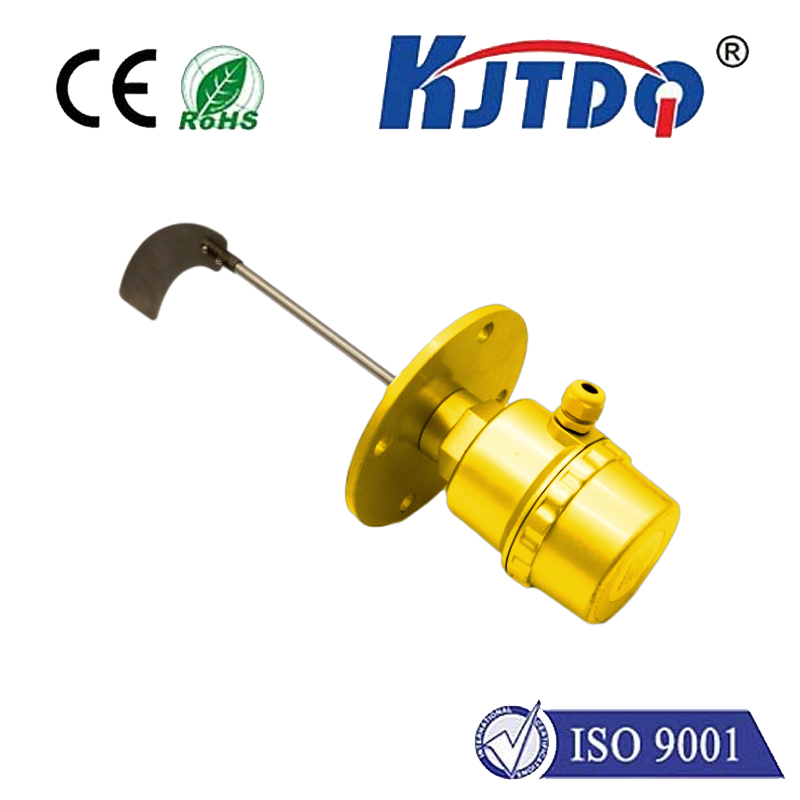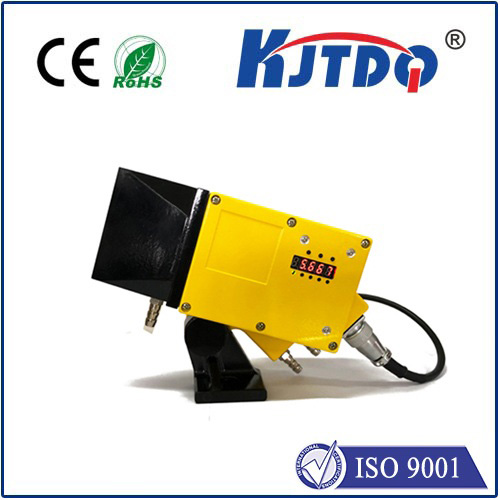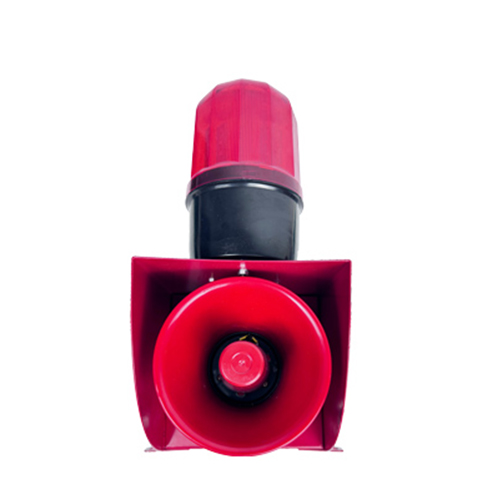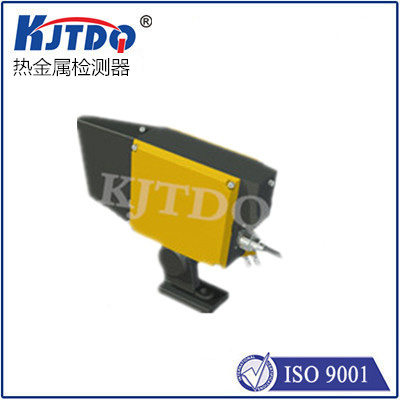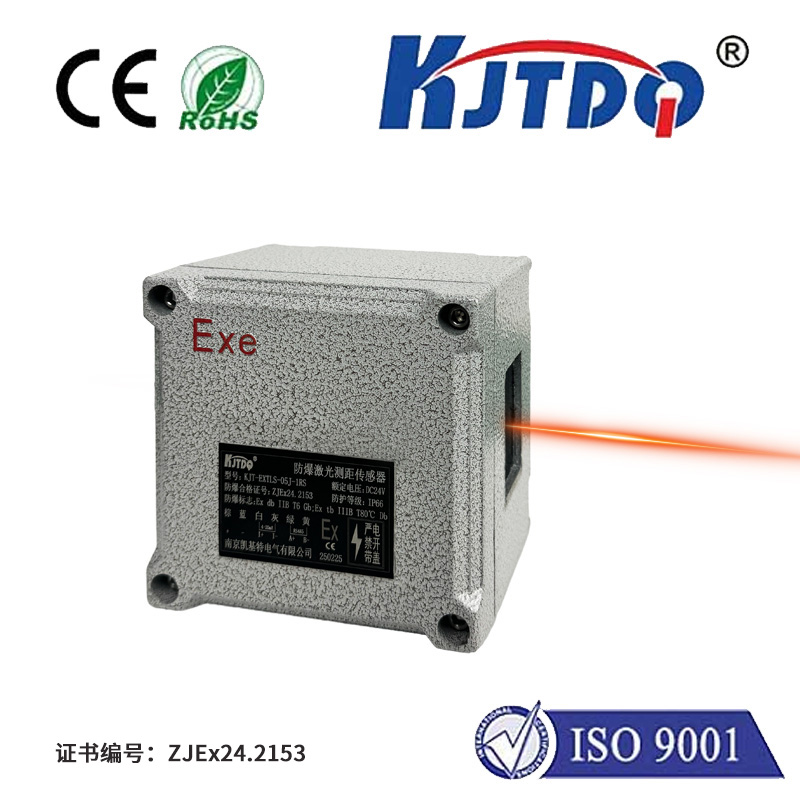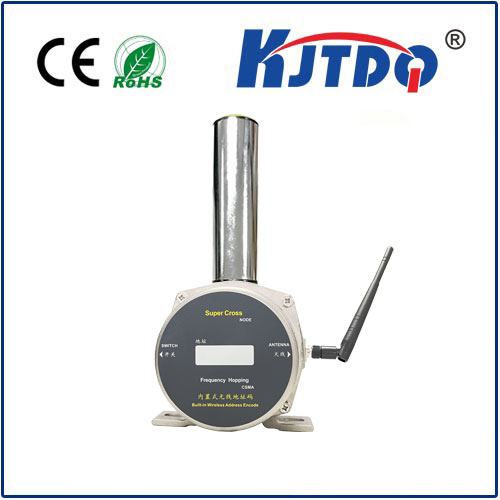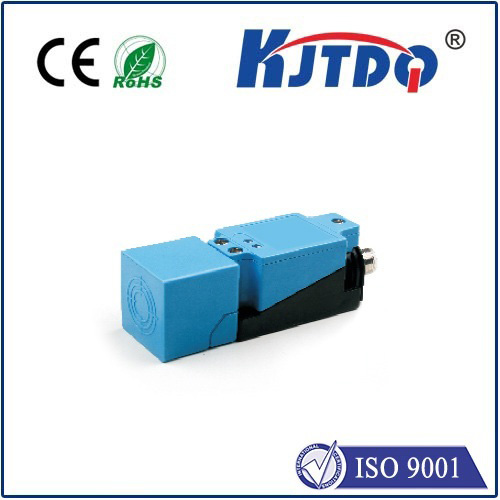optical tracking sensor
- time:2025-08-13 15:47:11
- Нажмите:0
Optical Tracking Sensors: The Silent Force Behind Precision Motion Detection
Imagine controlling a virtual reality world with a flick of your wrist, your smartphone instantly unlocking just by recognizing your face, or a robotic arm assembling intricate electronics with micron-level accuracy. What invisible technology makes these feats possible? The answer often lies in the sophisticated world of optical tracking sensors. These remarkable devices are the unseen eyes capturing and interpreting motion with incredible speed and precision, becoming fundamental components across countless modern applications. Far more than simple cameras, they represent a convergence of physics, optics, and advanced computation dedicated to pinpointing movement.
At its core, an optical tracking sensor is a type of motion detection device that utilizes light to identify, measure, and track the position, orientation, and movement of objects in real-time. Unlike mechanical sensors that rely on physical contact, optical tracking is inherently non-contact, offering significant advantages in wear, speed, and application flexibility. The fundamental principle involves capturing sequences of images or light patterns reflected from the target and analyzing the minute changes between frames to calculate motion vectors. Advanced algorithms then translate these raw data points into usable information about the object’s path and speed.

Understanding the typical components illuminates how these systems achieve such precise position tracking:
- Light Source (Emitter): Often infrared (IR) LEDs, invisible to the human eye, project light onto the tracking surface or target. Some systems, especially high-speed industrial ones, might use specialized lasers. Structured light patterns (like grids or dots) are sometimes projected to enhance accuracy.
- Optical Sensor (Detector): This is usually a specialized image sensor – most commonly a CMOS sensor or occasionally a CCD. Its job is to capture the light reflected back from the surface or target. Crucially, it operates at very high frame rates, capturing thousands of images per second in some cases.
- Lens System: Focuses the reflected light accurately onto the detector.
- Digital Signal Processor (DSP) / Dedicated IC: This is the “brain.” It performs the computationally intensive task of comparing successive frames captured by the sensor at blinding speed. By analyzing how specific features or patterns (like surface texture irregularities or applied markers) move between frames, it calculates the relative motion – the X and Y displacements (and sometimes Z for 3D systems) – generating motion data packets.
- Interface: Transmits the calculated motion data to the host system (e.g., a computer, game console, industrial controller) via standard protocols like USB, SPI, or I2C.
The applications for optical motion sensors are vast and continually expanding:
- Computer Peripherals (Mice & Trackpads): The most ubiquitous application. Modern optical mice replaced unreliable mechanical balls, tracking movement relative to almost any surface using surface texture. High-resolution optical sensors provide smooth cursor control.
- Gaming & Virtual Reality (VR): Controllers for VR systems and consoles heavily rely on optical tracking for precise hand and controller positioning within a 3D space, often using external cameras or base stations tracking IR LEDs on the devices. Inside VR headsets, similar sensors track head movement.
- Industrial Automation & Robotics: Vital for tasks requiring extreme precision. Robots use optical tracking systems for guidance, quality control (inspecting parts for defects), precise assembly, and collaborative robot (cobot) safety by detecting human proximity. Vision-guided robots depend on them.
- Drones & Autonomous Vehicles: Essential for stabilization (inertial sensing often fused with optical data), obstacle detection and avoidance, and precise navigation, especially in GPS-denied environments. Optical flow sensors help drones hover steadily.
- Consumer Electronics: Powers facial recognition for smartphone unlocking (Face ID) and auto-rotation features. Gesture control interfaces on TVs and laptops increasingly use simple optical tracking.
- Motion Capture (MoCap): High-end systems used in filmmaking, sports science, and biomechanics employ sophisticated multi-camera optical tracking setups with reflective markers to capture complex human or object movement for animation or analysis.
- Interactive Displays & Kiosks: Enabling touchless interaction through gesture recognition.
- Biomedical Devices: Used in specialized equipment for eye-tracking studies, surgical navigation systems, and prosthetic control interfaces.
The dominance of optical sensor technology in motion detection stems from compelling advantages:
- High Precision & Resolution: Capable of detecting sub-micron movements depending on the system, crucial for applications like micro-assembly and detailed inspection.
- Exceptional Speed & Low Latency: High-speed optical sensors operate with minimal delay, enabling real-time control and interaction, essential for gaming, VR, and industrial robotics.
- Non-Contact Measurement: Eliminates friction, wear, and potential damage to delicate objects, providing maintenance-free operation.
- Многогранность: Can track a wide variety of objects – surfaces, specialized markers, or even distinct features – with appropriate configuration.
- Reliability: Solid-state design with no moving parts (unlike old mechanical mice) leads to greater durability and longevity.
- Cost-Effectiveness (at scale): Mass production, especially for consumer-grade sensors, has driven costs down significantly.
However, no technology is without limitations. Optical tracking sensors can be susceptible to certain environmental factors:
- Surface Dependency: Performance can degrade on very smooth, shiny, or transparent surfaces that poorly reflect or scatter light. Surfaces with repetitive patterns can confuse the tracking algorithm.
- Ambient Light Interference: Strong, direct light (especially sunlight containing IR) can flood the sensor. Dust or dirt obscuring the lens or emitter also impairs function.
- Limited Range: Standard sensors have an optimal operating distance. Tracking very large areas or distant objects requires specialized, often higher-cost systems. Depth perception requires multi-sensor setups or structured light in standard systems.
- Computational Demand: Real-time tracking at high resolution and speed requires significant processing power, integrated into the sensor IC itself.
Engineers mitigate these challenges through clever design: using infrared light sources with optical filters to block visible light interference, sophisticated algorithms capable of handling challenging surfaces, combining optical data with other sensor types (like IMUs for inertial sensing), and designing robust lens housings.
Looking forward, the evolution of optical tracking sensors focuses on pushing boundaries: achieving even higher resolutions and frame rates for ultra-precise control, minimizing power consumption for battery-powered devices, integrating AI directly onto the sensor chip for smarter, adaptive tracking and gesture recognition, developing robust 3D sensing capabilities using techniques like time-of-flight (ToF) within compact form factors, and relentless miniaturization to fit into ever-smaller wearables and IoT devices. The integration with machine learning algorithms will further enhance their ability to interpret complex scenes and motions reliably.
From the mouse on your desk guiding your digital world to the robots building the next generation of technology and the immersive experiences blurring the lines between real and virtual, optical tracking sensors are the critical, often invisible, enablers. Their ability to translate minute physical displacements into precise digital data streams empowers innovation across countless sectors. As the demand for intelligent, responsive, and precise motion sensing continues to soar, the role of sophisticated, evolving optical sensor technology will only become more central to the fabric of our technological future.

